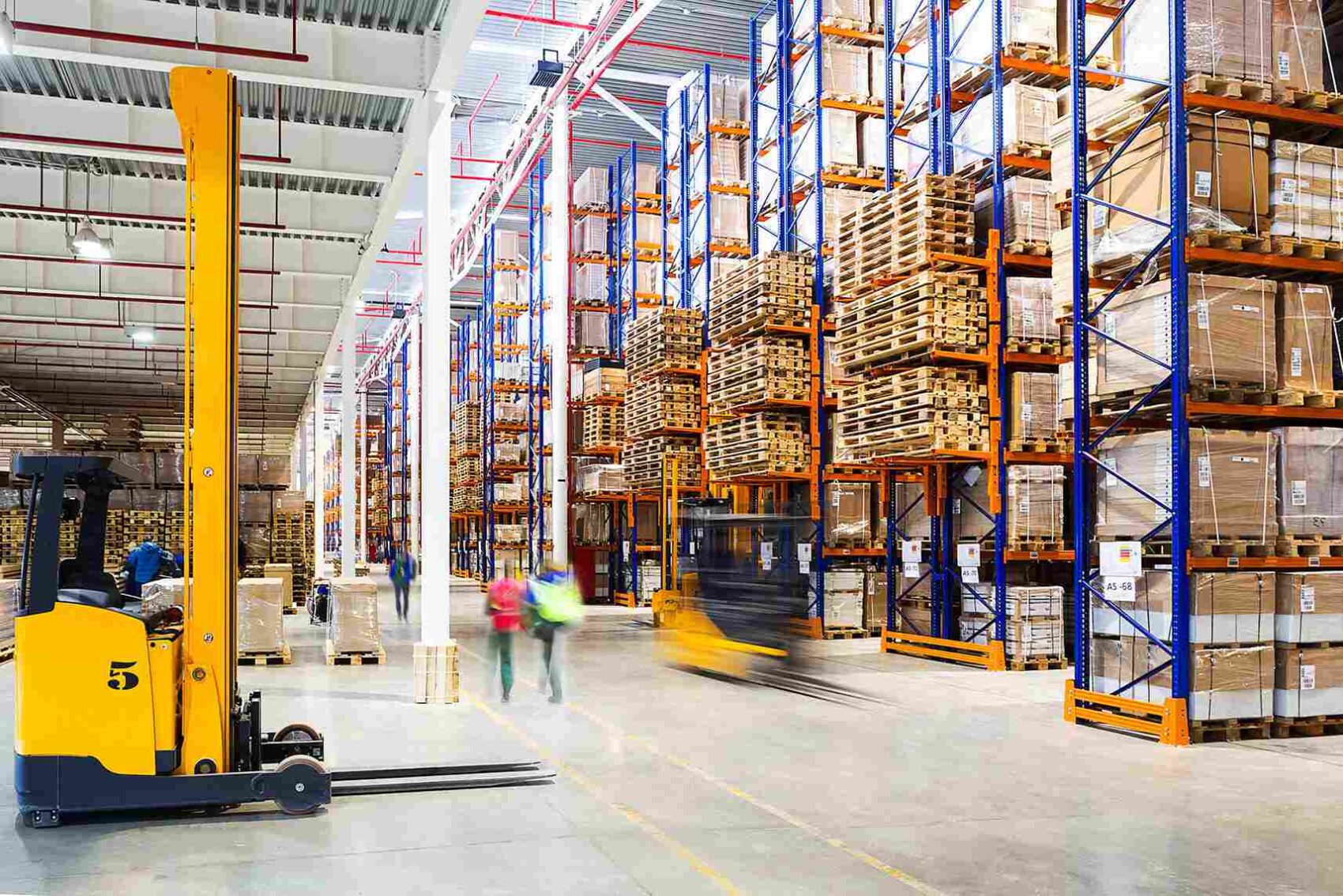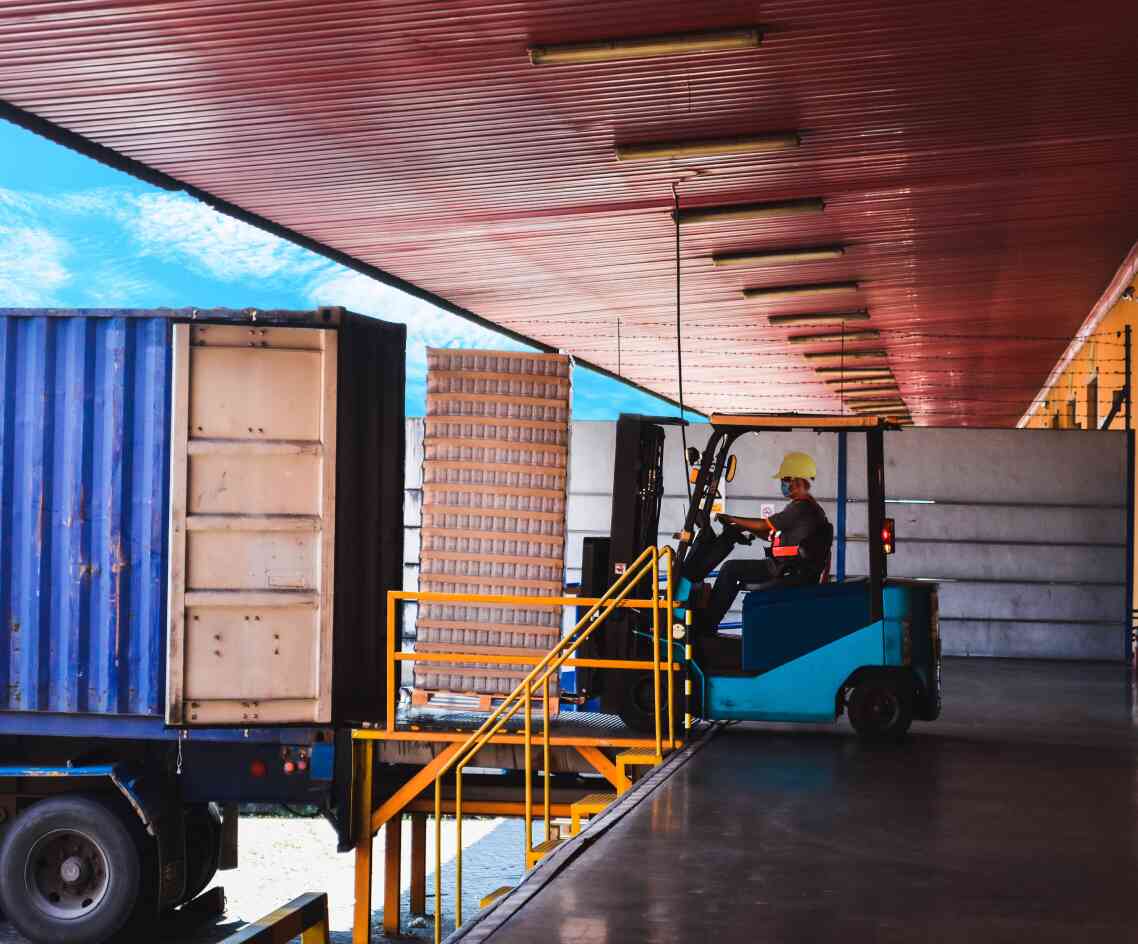RISK MANAGEMENT AND LOSS CONTROL SERVICES
Don’t respond to risk. Head it off.
Marshall+Sterling provides our clients with advice and analytics to help them build a risk mitigation strategy tailor-made for their business. Our team works with you to build a baseline risk assessment, conduct loss claims analyses, and help you quantify your risk so you can make better informed decisions.

Consider our risk management and loss control services.
A safe and healthy work environment not only protects workers from injury and illness, it reduces direct workers compensation costs, can lower absenteeism and turnover, while also increase productivity, quality, and employee morale.
The Marshall+Sterling team helps build safety plans and conduct training, so they can navigate the complex world of compliance (e.g. OSHA, NFPA, DOT, and EPA).
Putting the right programs in place through identification of workplace hazards and implementing controls can ensure that your company meets or exceeds all regulatory requirements. Our dedicated staff specializes in OSHA and safety compliance, including Authorized OSHA instructors and Certified Department of Labor consultants.


How can we promote a safer work environment?
Marshall+Sterling assists our clients in promoting a safer and more compliant work environment. Our services include a range of safety components that help clients develop and implement a comprehensive safety program, including:
- Company policy statement
- Written responsibility for safety
- Safety inspections
- Incident reporting Incident investigations
- Safety meetings
- Written safety rules
- Training and programs
- Record keeping and reporting
- Emergency action plan
Other solutions from Marshall+Sterling.

Employee Health and Benefits
We provide our clients with a wide array of choices for cost-competitive programs throughout the insurance industry.

Retirement and Wealth
Dedicated to simplifying the complexities of the financial world and supporting you in achieving and protecting what matters most.

Personal Insurance
Whether for your home, auto, RV, or life and health, we have solutions to protect you from whatever life throws your way.

Equine, Farm, and Ranch Insurance
Our Equine Division specializes in personalized plans that encompass a full range of equine, farm, and ranch insurance coverage.
